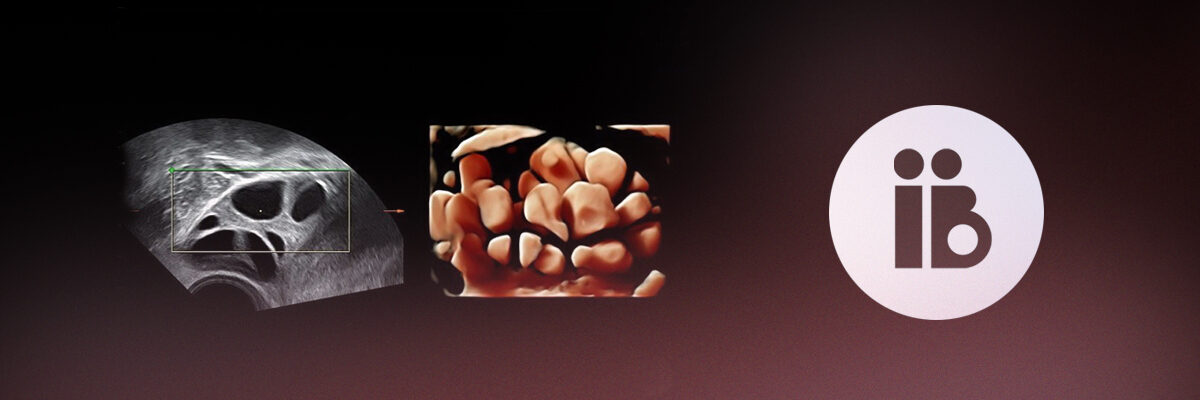Ultrasound-guided transvaginal puncture and aspiration in patients with polycystic ovary syndrome. Vaginal drilling
A technique that restores ovarian function so that patients can attempt natural pregnancy
Ovulation issues are one of the main causes of female sterility. Use of ultrasound-guided transvaginal aspiration in patients with polycystic ovary syndrome is an option for women who do not respond positively to clomiphene pharmaceutical drugs that are used to regulate ovulation. The treatment restores ovarian function and it is an opportunity to try to achieve a pregnancy naturally when the only other alternative is in vitro fertilisation (IVF).
What is polycystic ovary syndrome (POS)?
Polycystic ovary syndrome (POS) is an endocrine disease caused by a decrease in the frequency of ovulation cycles or a total absence of ovulation (anovulation). Between 50 and 60% of women suffer from it and it makes getting pregnant impossible. It is sometimes linked to other symptoms such as excess body hair, acne and obesity and it can cause a predisposition to metabolic diseases such as diabetes mellitus.
How does ovarian puncture and aspiration (ovarian drilling) help women to get pregnant?
The aim of initial courses of treatment is to achieve a natural pregnancy. However, when patients have POS, it is sometimes necessary to turn to in vitro fertilisation (IVF) in order to achieve that goal. This entails a multidisciplinary dietary and endocrinology assessment using ovulation induction drugs such as clomiphene citrate (omifin®). However, between 15 and 40% of patients do not respond to treatment of this kind and, before we attempt IVF, we assess the option of performing less complex procedures such as ovarian drilling. Ovarian drilling is an outpatient technique performed on patients who do not ovulate or who have irregular ovulation patterns. It spontaneously revives ovulation, often making this the first time in her life that the patient has ovulated normally.
What does the technique entail?
The patient is lightly sedated in a surgical environment and the follicular cysts in the ovary are aspired using a very fine needle guided by an ultrasound. The entire procedure takes around 15 minutes and it does not involve overnight stays in hospital for the patient.
Traditionally, before turning to IVF treatment, surgical techniques such as laparoscopic drilling that do entail certain risks were used. The technique involves making numerous perforations on the surface of the ovary using an abdominal laparoscopy and it entails an overnight stay in hospital. Ultrasound-guided vaginal ovarian puncture and aspiration has a similar effect to surgical drilling but the technique is much less invasive.
The advantages
This technique reduces the risks that exist when the procedure is performed by using a laparoscopy. It is performed under sedation and no general anaesthetic is required. There is a decreased risk of complications for the reproductive future of the patient since there is a decreased chance of the getting pelvic adhesions that are more common following conventional laparoscopic drilling. It is an alternative means of achieving a natural pregnancy because it helps to improve ovulation. The fact that it is less expensive than other techniques is also an additional advantage.
At Instituto Bernabeu, since the technique is performed by gynaecologists who are very skilled in ovarian puncture, there is a lower risk of surgical complications in the area where the intervention is performed.
What kind of couples can opt for this technique?
Following an initial medical examination, your doctor will let you know if this is the most appropriate course of treatment for you. It is usually advised in:
- Women who have been diagnosed with polycystic ovary syndrome.
- Patients with anovulation or very long menstrual cycles.
- Women with an absence of ovulation following treatment with ovulation induction pharmaceutical drugs.
- Young women (generally women under 36 years of age although it can be performed on older women if the doctor considers that this is the right way to proceed).
- Couples who do not have any other causes of sterility.
- An absence of any other endocrine disorders that could explain the patient’s anovulation.
